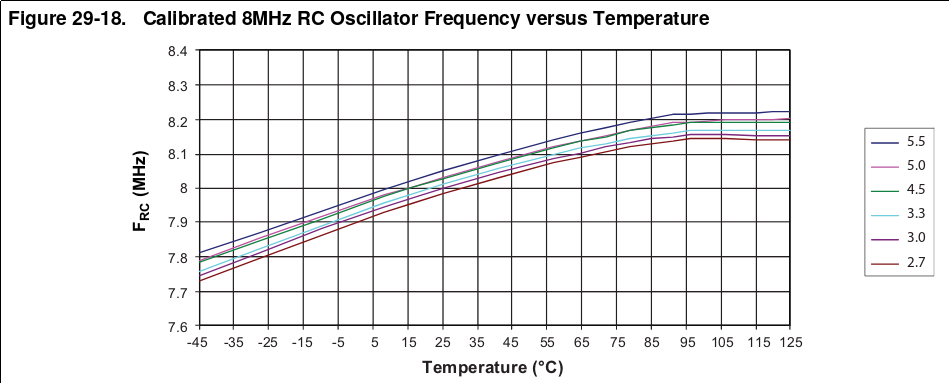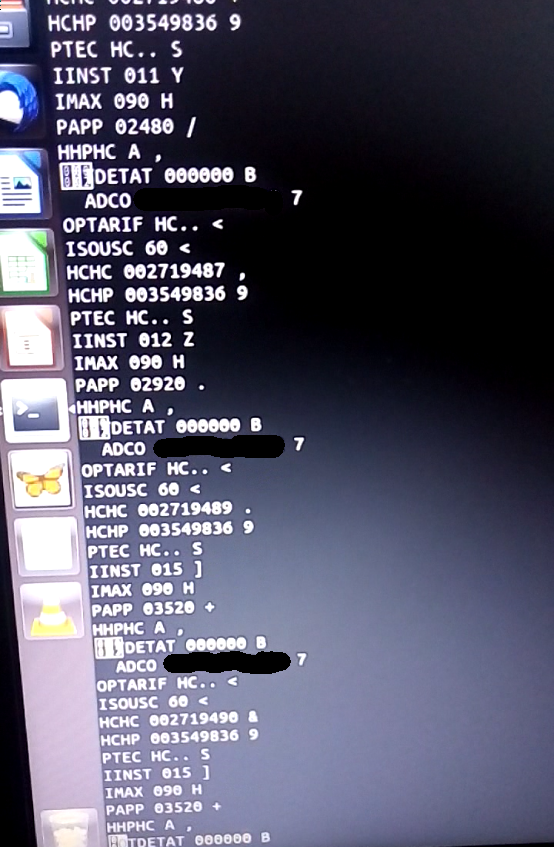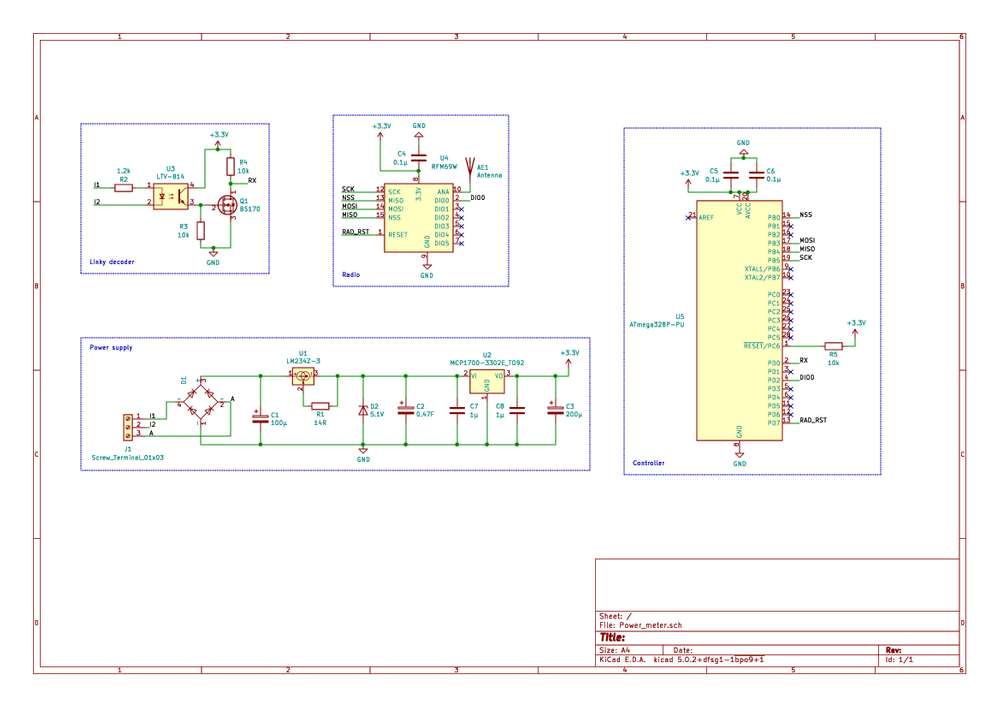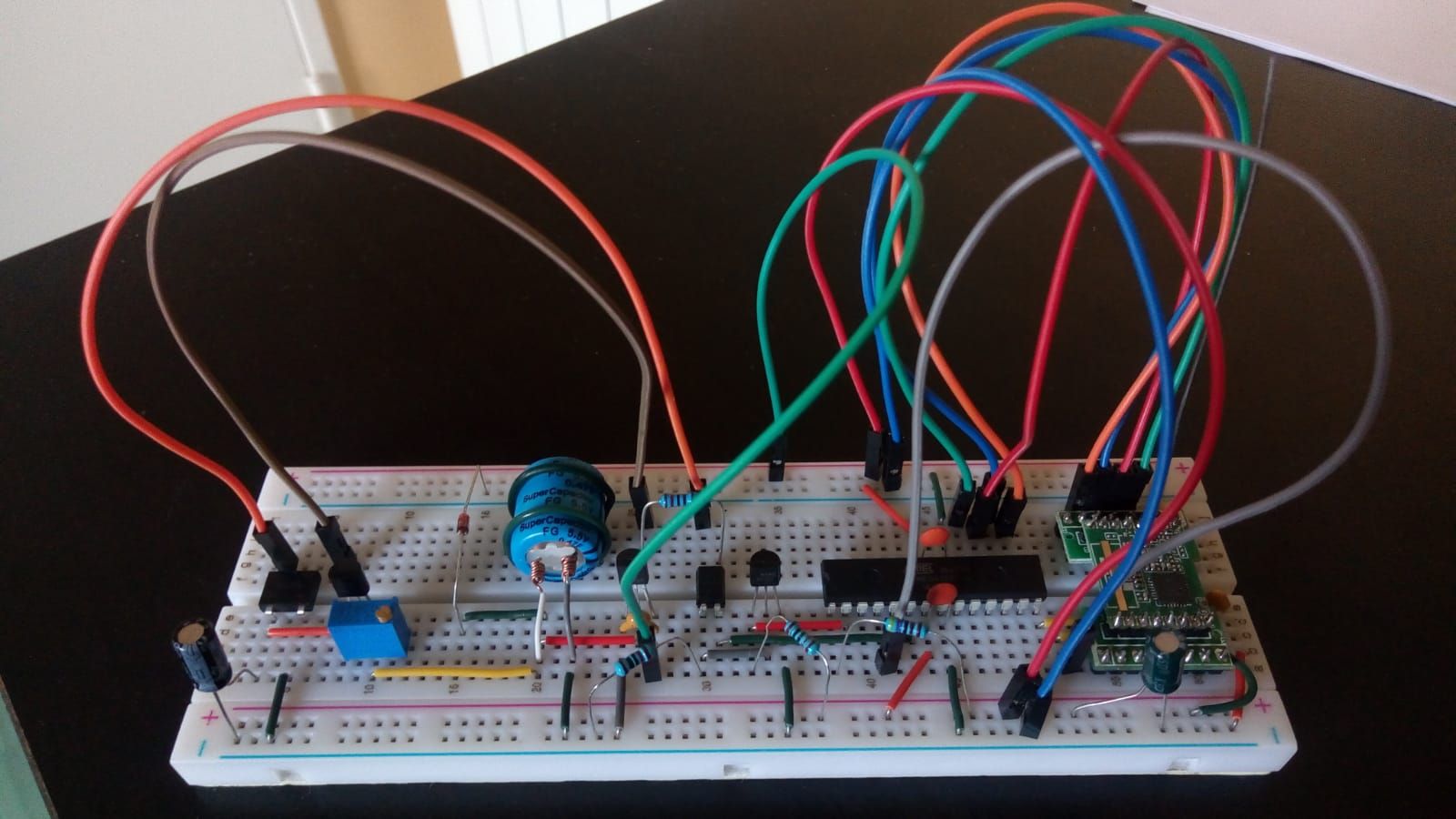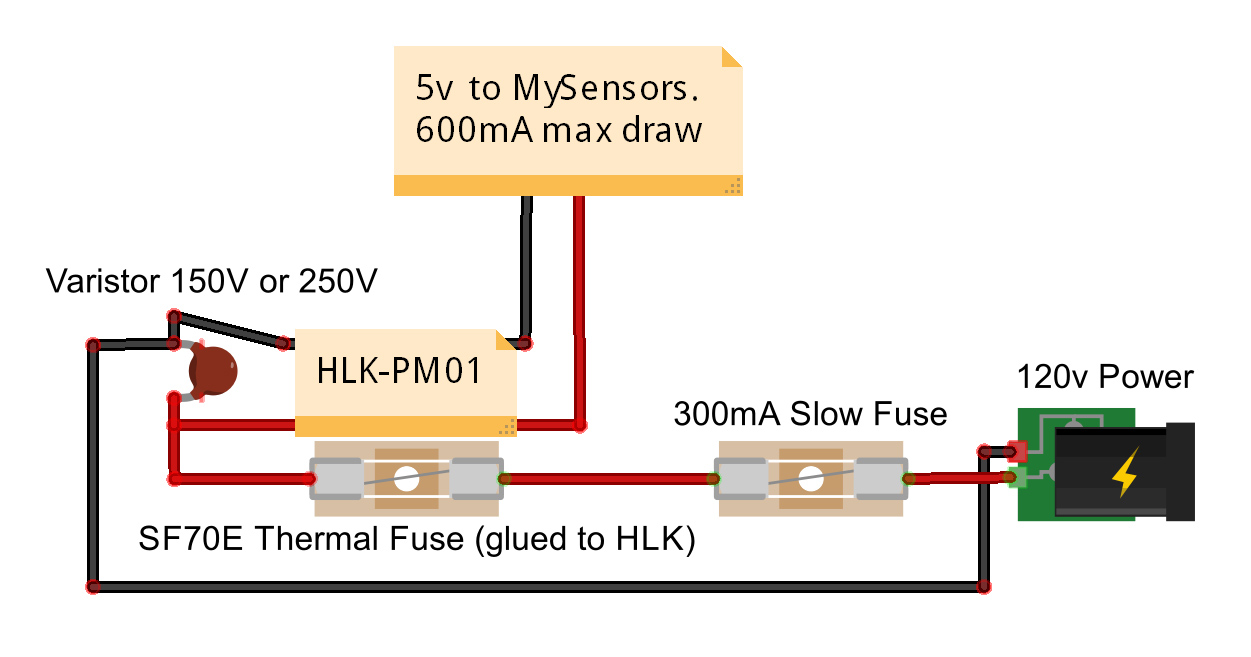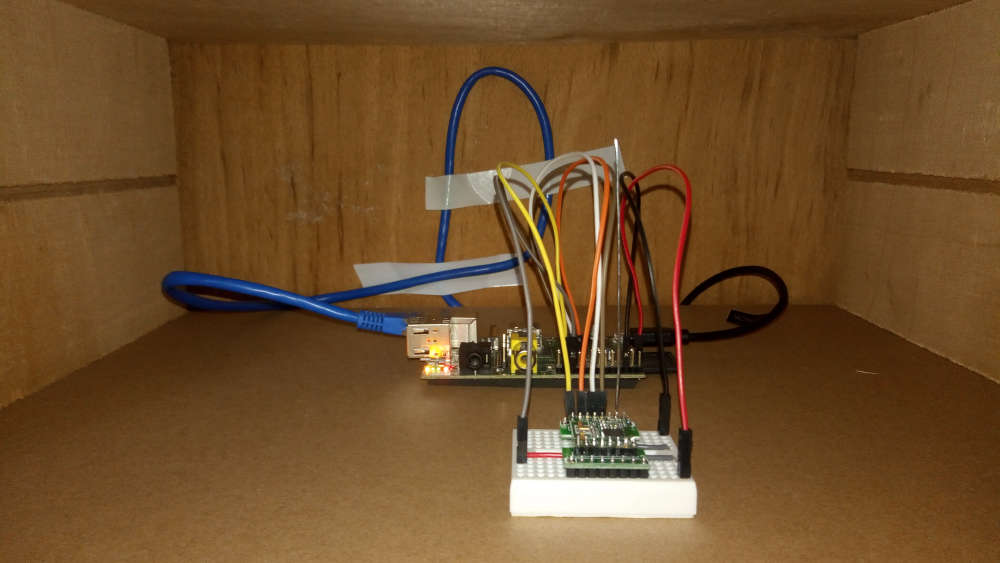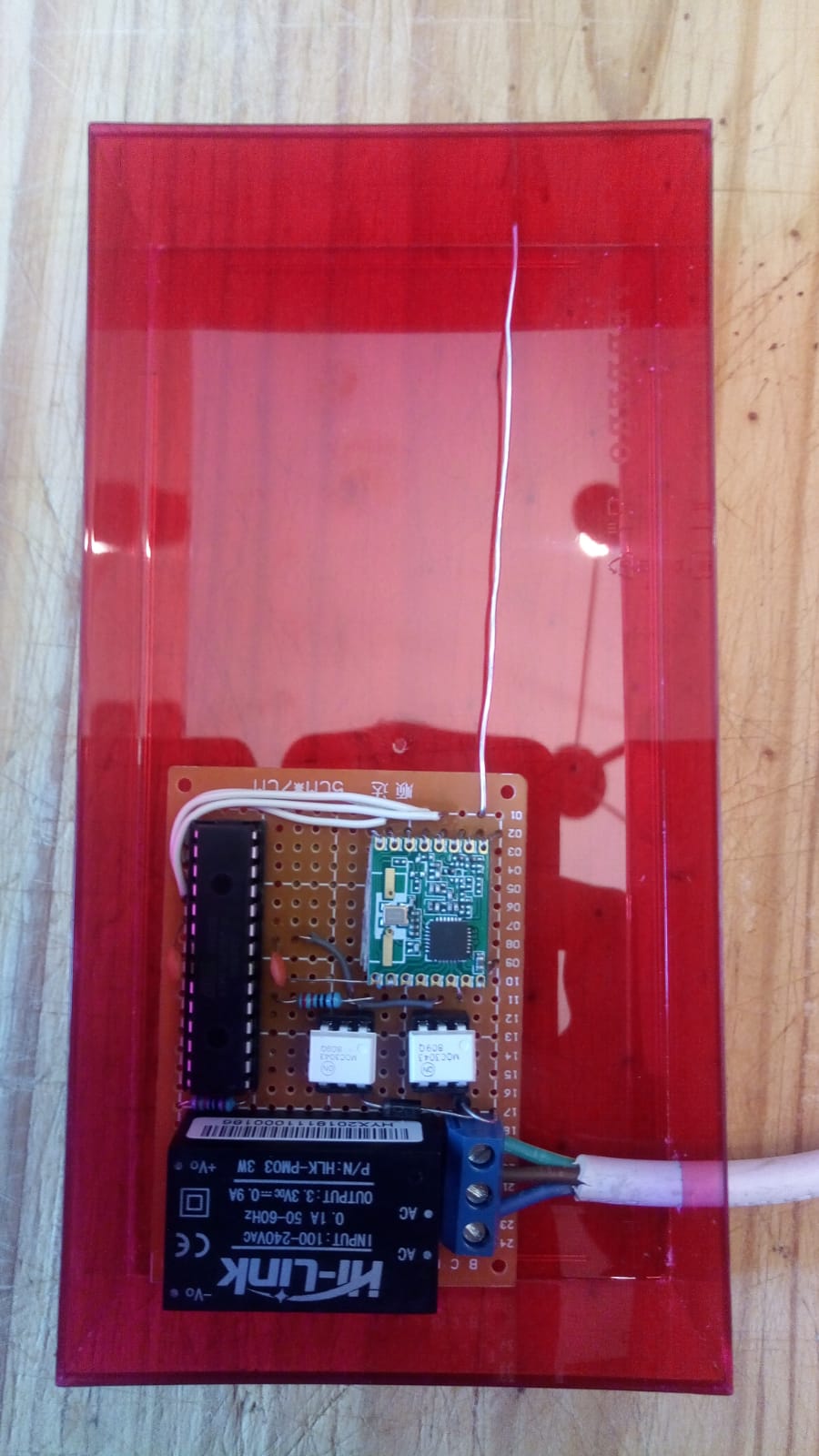Hello again!
I restarted the node this morning, just out of curiosity...
I'm actually very surprised to see that presentation works without any problem (and the node sends its initial value correctly), but commands sent later failed...
Here are the logs:
Nov 16 12:12:16 DEBUG TSF:MSG:READ,2-2-255,s=255,c=3,t=7,pt=0,l=0,sg=0:
Nov 16 12:12:16 DEBUG TSF:MSG:BC
Nov 16 12:12:16 DEBUG TSF:MSG:FPAR REQ,ID=2
Nov 16 12:12:16 DEBUG TSF:PNG:SEND,TO=0
Nov 16 12:12:16 DEBUG TSF:CKU:OK
Nov 16 12:12:16 DEBUG TSF:MSG:GWL OK
Nov 16 12:12:16 DEBUG TSF:MSG:SEND,0-0-2-2,s=255,c=3,t=8,pt=1,l=1,sg=0,ft=0,st=OK:0
Nov 16 12:12:18 DEBUG TSF:MSG:READ,2-2-0,s=255,c=3,t=24,pt=1,l=1,sg=0:1
Nov 16 12:12:18 DEBUG TSF:MSG:PINGED,ID=2,HP=1
Nov 16 12:12:18 DEBUG TSF:MSG:SEND,0-0-2-2,s=255,c=3,t=25,pt=1,l=1,sg=0,ft=0,st=OK:1
Nov 16 12:12:18 DEBUG TSF:MSG:READ,2-2-0,s=255,c=3,t=15,pt=6,l=2,sg=0:0101
Nov 16 12:12:18 DEBUG TSF:MSG:SEND,0-0-2-2,s=255,c=3,t=15,pt=6,l=2,sg=0,ft=0,st=OK:0100
Nov 16 12:12:18 DEBUG TSF:MSG:READ,2-2-0,s=255,c=3,t=16,pt=0,l=0,sg=0:
Nov 16 12:12:18 DEBUG TSF:MSG:SEND,0-0-2-2,s=255,c=3,t=17,pt=6,l=25,sg=0,ft=0,st=OK:<NONCE>
Nov 16 12:12:18 DEBUG TSF:MSG:READ,2-2-0,s=255,c=0,t=17,pt=0,l=5,sg=1:2.3.1
Nov 16 12:12:19 DEBUG TSF:MSG:READ,2-2-0,s=255,c=3,t=16,pt=0,l=0,sg=1:
Nov 16 12:12:19 DEBUG TSF:MSG:SEND,0-0-2-2,s=255,c=3,t=17,pt=6,l=25,sg=1,ft=0,st=OK:<NONCE>
Nov 16 12:12:19 DEBUG TSF:MSG:READ,2-2-0,s=255,c=3,t=6,pt=1,l=1,sg=1:0
Nov 16 12:12:19 DEBUG TSF:MSG:SEND,0-0-2-2,s=255,c=3,t=16,pt=0,l=0,sg=1,ft=0,st=OK:
Nov 16 12:12:19 DEBUG TSF:MSG:READ,2-2-0,s=255,c=3,t=17,pt=6,l=25,sg=1:<NONCE>
Nov 16 12:12:19 DEBUG TSF:MSG:SEND,0-0-2-2,s=255,c=3,t=6,pt=0,l=1,sg=1,ft=0,st=OK:M
Nov 16 12:12:19 DEBUG TSF:MSG:READ,2-2-0,s=255,c=3,t=16,pt=0,l=0,sg=1:
Nov 16 12:12:19 DEBUG TSF:MSG:SEND,0-0-2-2,s=255,c=3,t=17,pt=6,l=25,sg=1,ft=0,st=OK:<NONCE>
Nov 16 12:12:19 DEBUG TSF:MSG:READ,2-2-0,s=255,c=3,t=11,pt=0,l=10,sg=1:Fil pilote
Nov 16 12:12:20 DEBUG TSF:MSG:READ,2-2-0,s=255,c=3,t=16,pt=0,l=0,sg=1:
Nov 16 12:12:20 DEBUG TSF:MSG:SEND,0-0-2-2,s=255,c=3,t=17,pt=6,l=25,sg=1,ft=0,st=OK:<NONCE>
Nov 16 12:12:20 DEBUG TSF:MSG:READ,2-2-0,s=255,c=3,t=12,pt=0,l=3,sg=1:1.0
Nov 16 12:12:20 DEBUG TSF:MSG:READ,2-2-0,s=0,c=3,t=16,pt=0,l=0,sg=1:
Nov 16 12:12:20 DEBUG TSF:MSG:SEND,0-0-2-2,s=255,c=3,t=17,pt=6,l=25,sg=1,ft=0,st=OK:<NONCE>
Nov 16 12:12:21 DEBUG TSF:MSG:READ,2-2-0,s=0,c=0,t=4,pt=0,l=0,sg=1:
Nov 16 12:12:21 DEBUG TSF:MSG:READ,2-2-0,s=255,c=3,t=26,pt=1,l=1,sg=1:2
Nov 16 12:12:21 DEBUG TSF:MSG:SEND,0-0-2-2,s=255,c=3,t=16,pt=0,l=0,sg=1,ft=0,st=OK:
Nov 16 12:12:21 DEBUG TSF:MSG:READ,2-2-0,s=255,c=3,t=17,pt=6,l=25,sg=1:<NONCE>
Nov 16 12:12:21 DEBUG TSF:MSG:SEND,0-0-2-2,s=255,c=3,t=27,pt=1,l=1,sg=1,ft=0,st=OK:1
Nov 16 12:12:21 DEBUG TSF:MSG:READ,2-2-0,s=0,c=3,t=16,pt=0,l=0,sg=1:
Nov 16 12:12:21 DEBUG TSF:MSG:SEND,0-0-2-2,s=255,c=3,t=17,pt=6,l=25,sg=1,ft=0,st=OK:<NONCE>
Nov 16 12:12:21 DEBUG TSF:MSG:READ,2-2-0,s=0,c=1,t=2,pt=2,l=2,sg=1:1
Nov 16 12:12:21 DEBUG TSF:MSG:READ,2-2-0,s=0,c=3,t=16,pt=0,l=0,sg=1:
Nov 16 12:12:22 DEBUG TSF:MSG:SEND,0-0-2-2,s=255,c=3,t=17,pt=6,l=25,sg=1,ft=0,st=OK:<NONCE>
Nov 16 12:12:22 DEBUG TSF:MSG:READ,2-2-0,s=0,c=1,t=3,pt=2,l=2,sg=1:2
Nov 16 12:13:21 DEBUG TSF:MSG:SEND,0-0-2-2,s=0,c=3,t=16,pt=0,l=0,sg=1,ft=0,st=OK:
Nov 16 12:13:21 DEBUG TSF:MSG:READ,2-2-0,s=255,c=3,t=17,pt=6,l=25,sg=1:<NONCE>
Nov 16 12:13:21 DEBUG TSF:MSG:SEND,0-0-2-2,s=0,c=1,t=3,pt=0,l=1,sg=1,ft=0,st=OK:3
Nov 16 12:13:25 DEBUG !TSF:MSG:SEND,0-0-2-2,s=0,c=3,t=16,pt=0,l=0,sg=1,ft=0,st=NACK:
Nov 16 12:13:25 DEBUG !TSF:MSG:SIGN FAIL
Nov 16 12:13:25 DEBUG TSF:MSG:READ,2-2-0,s=255,c=3,t=17,pt=6,l=25,sg=1:<NONCE>
Nov 16 12:13:30 DEBUG !TSF:MSG:SEND,0-0-2-2,s=0,c=3,t=16,pt=0,l=0,sg=1,ft=0,st=NACK:
Nov 16 12:13:30 DEBUG !TSF:MSG:SIGN FAIL
Nov 16 12:13:30 DEBUG TSF:MSG:READ,2-2-0,s=255,c=3,t=17,pt=6,l=25,sg=1:<NONCE>
Nov 16 12:13:39 DEBUG !TSF:MSG:SEND,0-0-2-2,s=0,c=3,t=16,pt=0,l=0,sg=1,ft=0,st=NACK:
Nov 16 12:13:39 DEBUG !TSF:MSG:SIGN FAIL
Nov 16 12:13:39 DEBUG TSF:MSG:READ,2-2-0,s=255,c=3,t=17,pt=6,l=25,sg=1:<NONCE>
Nov 16 12:13:44 DEBUG !TSF:MSG:SEND,0-0-2-2,s=0,c=3,t=16,pt=0,l=0,sg=1,ft=0,st=NACK:
Nov 16 12:13:44 DEBUG !TSF:MSG:SIGN FAIL
Nov 16 12:13:44 DEBUG TSF:MSG:READ,2-2-0,s=255,c=3,t=17,pt=6,l=25,sg=1:<NONCE>
Nov 16 12:13:47 DEBUG TSF:MSG:SEND,0-0-2-2,s=0,c=3,t=16,pt=0,l=0,sg=1,ft=0,st=OK:
Nov 16 12:13:47 DEBUG TSF:MSG:READ,2-2-0,s=255,c=3,t=17,pt=6,l=25,sg=1:<NONCE>
Nov 16 12:13:47 DEBUG TSF:MSG:SEND,0-0-2-2,s=0,c=1,t=3,pt=0,l=1,sg=1,ft=0,st=OK:0
As you can see, the node finished starting at 12:13:25 but my first command at 12:13:25 failed.
If it was really a noise / power supply issue, I would expect presentation to fail, considering that it's a long process taking more than 5s and using the radio quite intensively.
I've read that people here got range issue with MySensors 2.3.x, isn't that linked? Here for instance:
@tekka: It seems you were working on that, was it supposed to be fixed in version 2.3.1?
I can't enable radio logging easily but I suspect it could be caused by the auto-adjusting RSSI feature...
